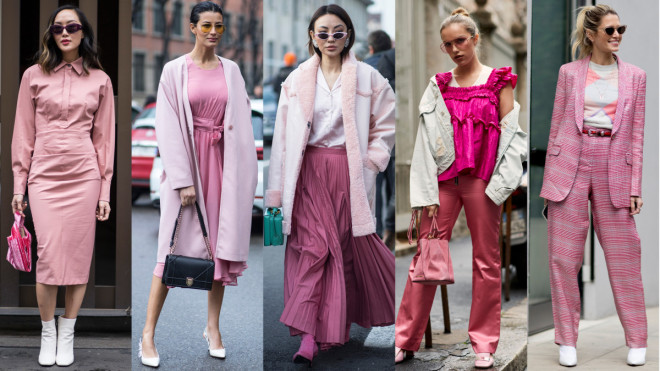In the ever-evolving world of fashion, the balance between honoring tradition and expressing individuality has become a defining theme. While trends come and go, many modern wearers are seeking to cultivate wardrobes that reflect both cultural heritage and personal style. This duality is especially evident in garments like abayas, kimonos, and other traditionally rooted clothing now reimagined for contemporary audiences. Today, blending tradition with modern expression is not only fashionable—it’s deeply meaningful.
The Cultural Roots of Fashion
Traditional clothing has always carried cultural significance. Whether it’s the intricately embroidered saris of India, the tailored cheongsams of China, or the modest draping of abayas from the Middle East, these garments often tell a story of history, faith, geography, and social values. For many, wearing such clothing is an act of identity, a way to stay connected to one’s roots.
However, in today’s globalized and increasingly individualistic society, people are exploring how to wear these garments not just out of obligation or cultural expectation but as a form of self-expression.
Modernizing Traditional Silhouettes
One of the most interesting developments in fashion has been the transformation of traditional pieces into modern, everyday wear. Designers are reinventing classic styles with updated fabrics, minimalist patterns, and contemporary cuts. This allows for garments that are both respectful of their origins and aligned with current trends.
Take, for example, the rise of modern abayas. No longer confined to conventional black or simple tailoring, these garments now feature bold colors, varied textures, and tailored fits that allow the wearer to make a subtle yet powerful fashion statement. A great example of this evolution can be seen in the modern abayas collection from PODUR, which seamlessly merges modesty with high-end fashion aesthetics.
The Role of Individual Style
Contemporary wardrobes are highly curated expressions of personal identity. People are combining pieces from different cultures, mixing high street with heritage, and accessorizing traditional garments in fresh ways. A silk kimono might be layered over jeans and a T-shirt. An abaya might be paired with sneakers and statement sunglasses. This blend of old and new is about finding authenticity through style.
Importantly, individuality in fashion doesn’t mean discarding tradition; instead,it encourages reinterpretation. It invites questions like: How can I wear this traditional garment in a way that feels authentic to me? Or What elements of this culture resonate with my personal aesthetic? The answers lead to truly unique and meaningful ensembles.
Sustainability and Mindful Clothing
Another reason for the resurgence and reimagining of traditional clothing is sustainability. Many traditional garments are made with longevity in mind—crafted from durable fabrics, often handmade, and designed to be worn repeatedly. In contrast to fast fashion’s throwaway culture, a thoughtfully made abaya or tailored garment invites slow fashion principles.
By blending tradition with modern individuality, consumers are also supporting ethical craftsmanship and conscious shopping habits. Brands that focus on cultural authenticity while adapting to the demands of modern lifestyles often embrace more sustainable and transparent production processes.
Redefining Modern Fashion
Fashion has always been a reflection of identity, and in today’s world, that identity is often multifaceted. Blending tradition and individuality allows wearers to celebrate their heritage while expressing who they are today. Whether it’s through an embroidered motif, a bold reinterpretation of a classic design, or a modern styling twist on a time-honored garment, this fusion represents a powerful and personal style statement.
As more people seek to build wardrobes that are both meaningful and fashionable, brands that respect tradition while embracing innovationare helping redefine what contemporary fashion truly looks like.







